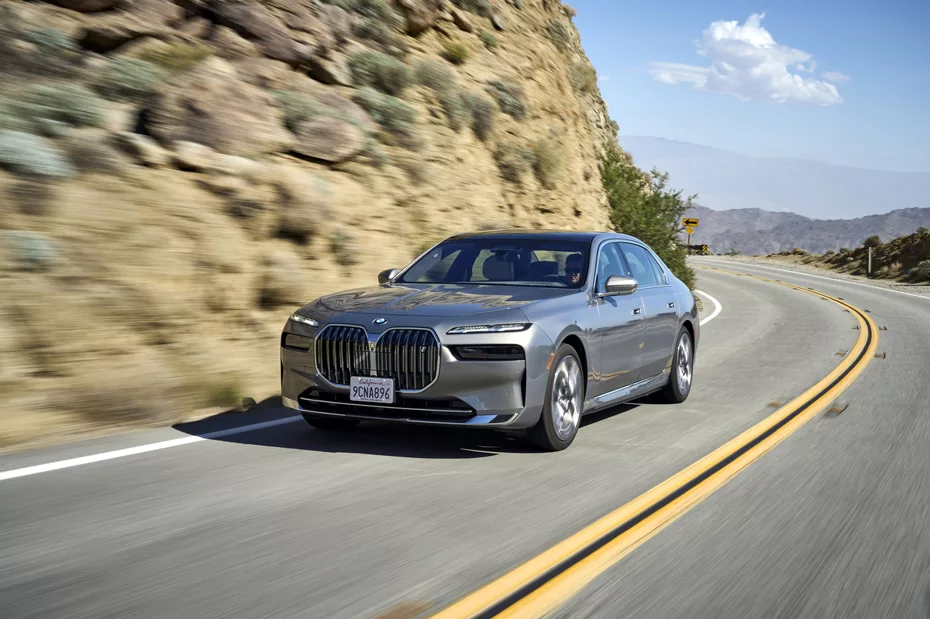Germany conducted a road test of electric vehicles and found that the kinetic energy recharge difference is very large!
In addition to battery capacity, if the kinetic energy recovery performance is excellent, and the energy generated by the power is recovered and replenished during the braking and deceleration process, so that the energy use of the electric vehicle is more efficient, the electric vehicle can run longer and farther. According to the tests conducted by ADAC, Germany's largest transport association, it was found that there are indeed great differences in the kinetic energy recharging of different electric vehicle models.
ADAC tested three different EVs that together represent the EV market's economy entry-level, mid-range and luxury segments, and found that the best EVs can recover up to 50% of the energy generated during braking, while some EVs use only 35% of the energy.
In this test, the BMW i7 recovered 26.27 kWh of energy on the downhill section of the Bavarian mountain road, while the entry-level electric representative Dacia Spring performed the most modest with only 7.05 kWh of energy, and the Tesla Model Y, the most representative electric SUV on the market, recovered 17.6 kWh of energy.
BMW's victory may not be surprising, after all, its superior engine technology and performance, including the price of the Dacia Spring, are several times that of the Dacia Spring, but it is unbelievable that the i7 has a charging rate of 55kW on downhill tracks, which is even higher than that of the Dacia Spring at the charging station, also because it is heavier, which means it produces more energy when decelerating.
In comparison, the Spring weighs only 1,180 kilograms, proving that electric vehicles don't necessarily have to be heavy, while the Model Y weighs 2,186 kilograms and the BMW i7 weighs a whopping 2,830 kilograms.
Of course, after all, it can't always be a downhill section, and even if the downhill kinetic energy recharge performs well, it depends on how much energy is consumed when going uphill. Not surprisingly, the BMW i7 consumes the most energy when going uphill, followed by the Model Y, and the lightest Dacia Spring. When combined with the total energy consumption of the uphill and downhill sections of the test route, the Dacia Spring consumes 9.65 kWh/100 km, the Tesla Model Y 15.57 kWh/100 km, and the BMW i7 16.54 kWh/100 km.
That said, the bulky BMW i7 comes out on top when it comes to downhill energy recovery. However, the lighter Dacia Spring is the most efficient overall on mountain journeys, highlighting the delicate balance between energy consumption and recovery – while heavier EVs may recover more, they also need more power to move in the first place, and how to use this feature to effectively master kinetic energy recharge is key.
The extreme uphill and downhill levels experienced in this mountain test are not reflective of the type of driving experienced by most EVs, so ADAC has also completed lab tests on 19 different EVs to see how they perform under WLTP conditions.
Studies have shown that in this flat ground scenario, EVs recuperate an average of 22% of their energy when braking, but there are some huge differences between different cars. The Nio ET7 scored the highest, recovering 31% of its charge, while the Dacia Spring only recovered 9%.
Therefore, in addition to the optimization of the electric motor and the improvement of the efficiency of kinetic energy recharging, the weight of the vehicle is still quite a key performance, which also shows the potential of lightweight construction, innovative materials and design are the key to maximizing the efficiency of the electric vehicle, reducing the weight of the vehicle is like providing continuous energy boost for the electric vehicle at the same time, whether it is during acceleration or recovery.
